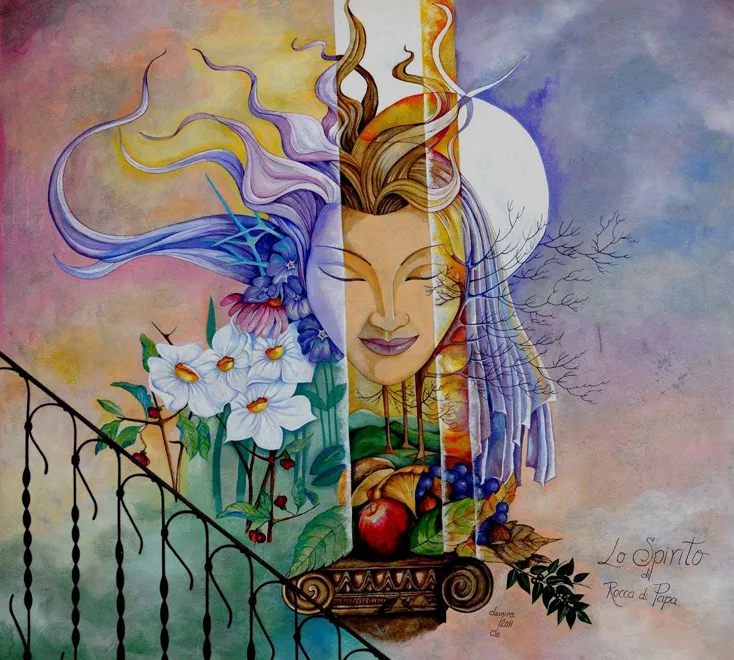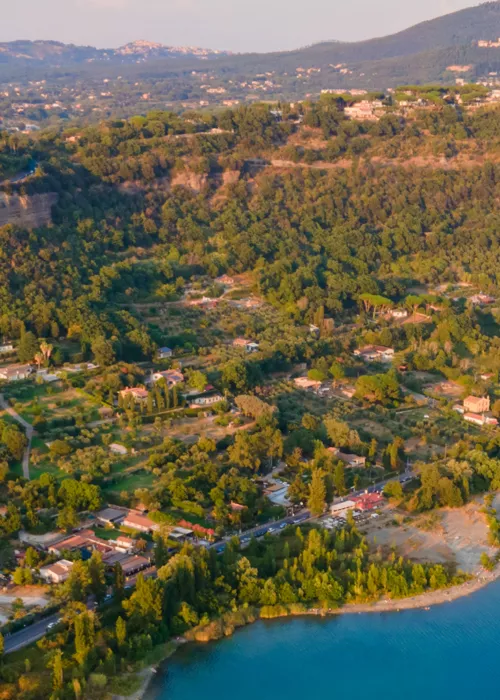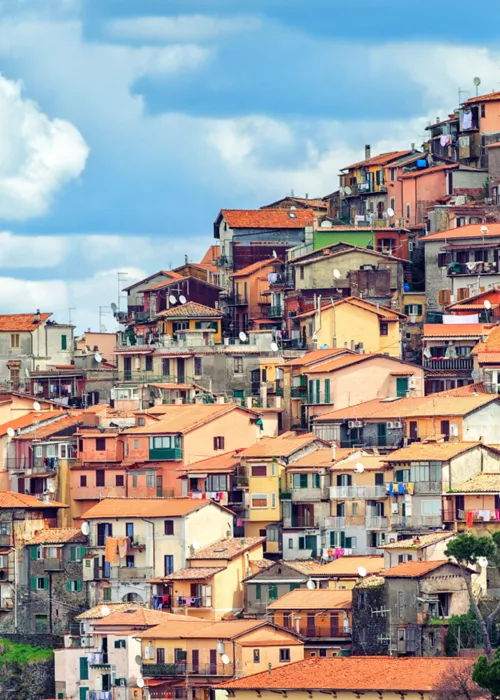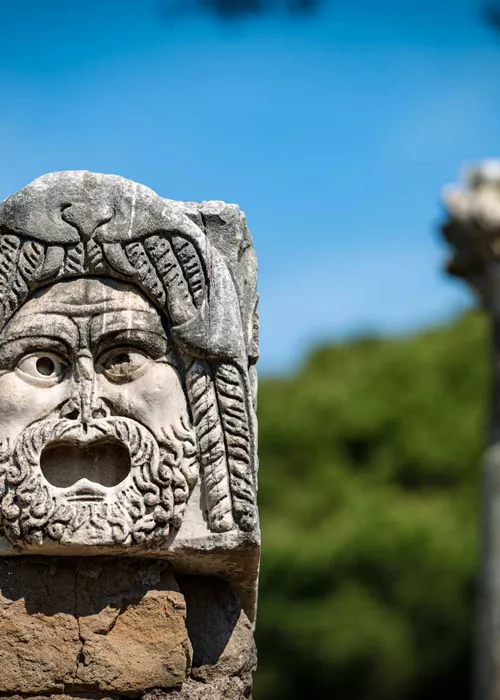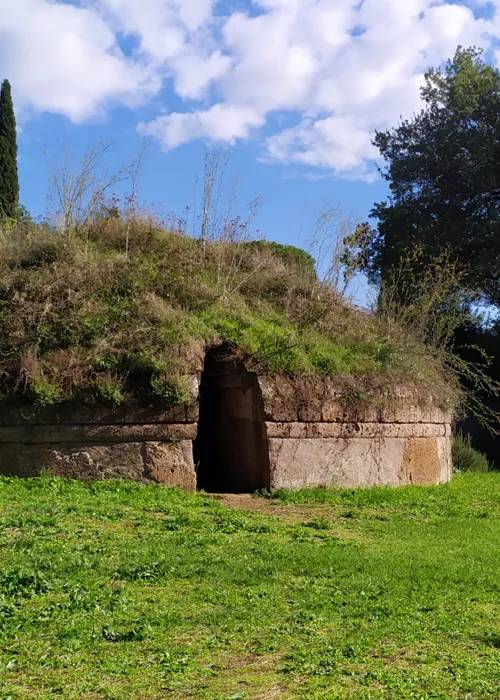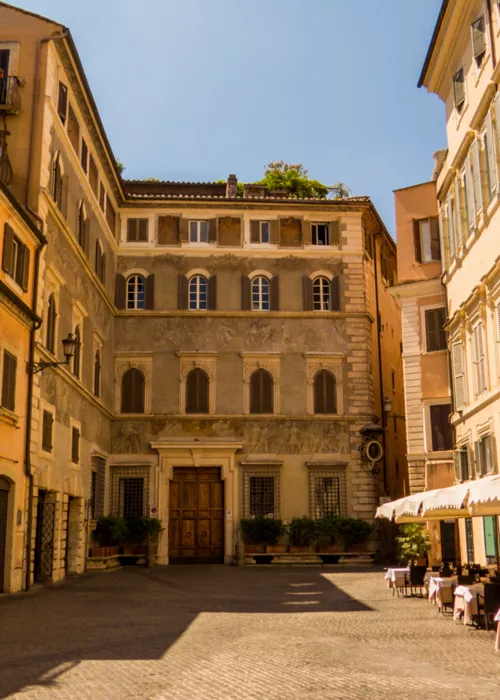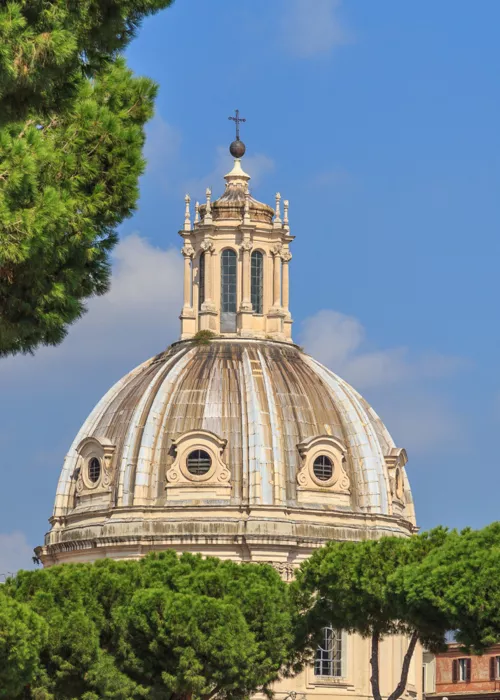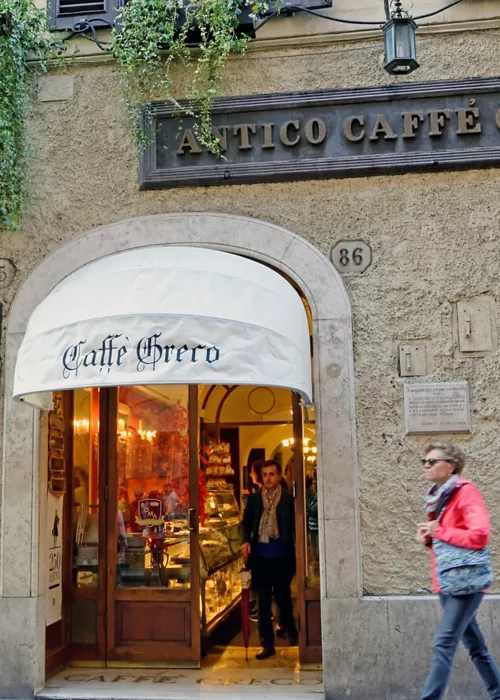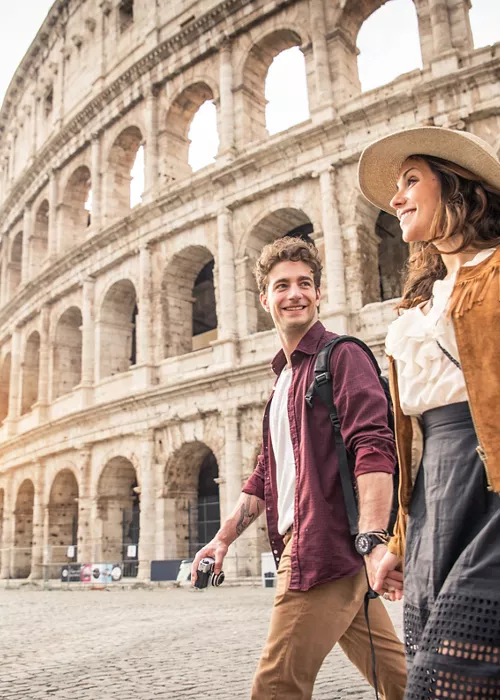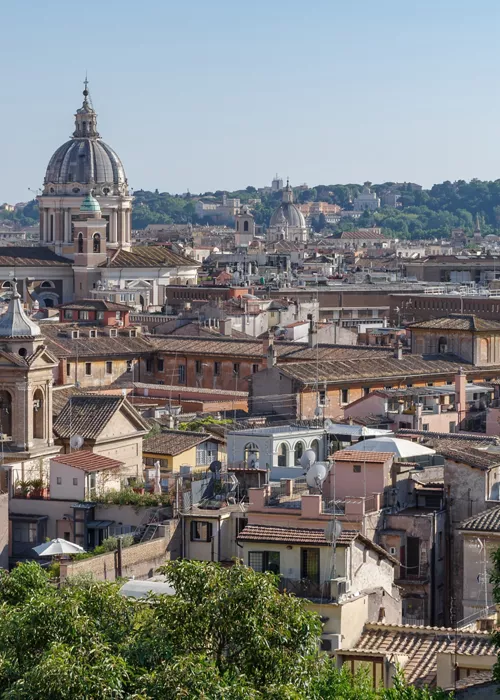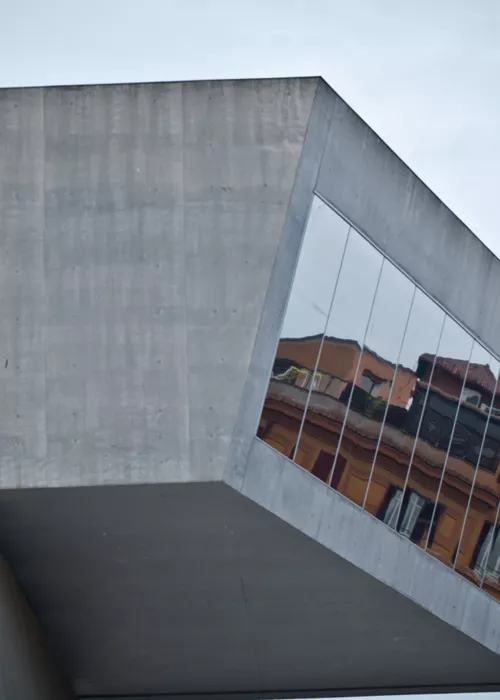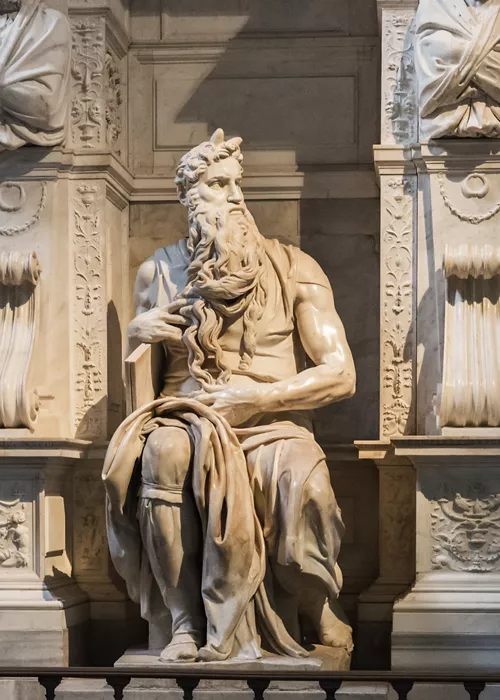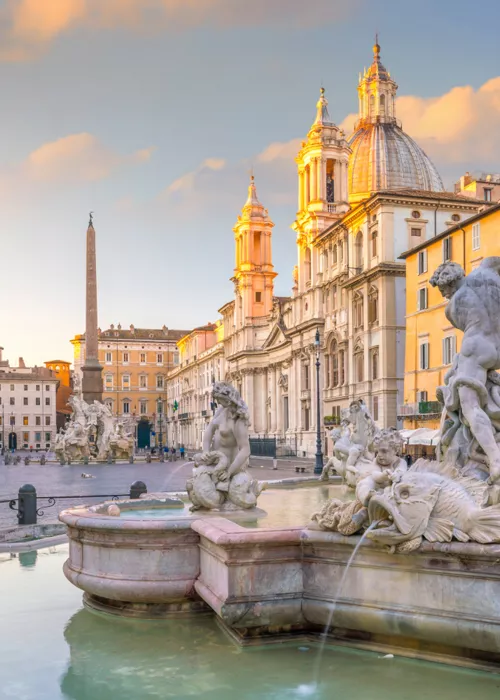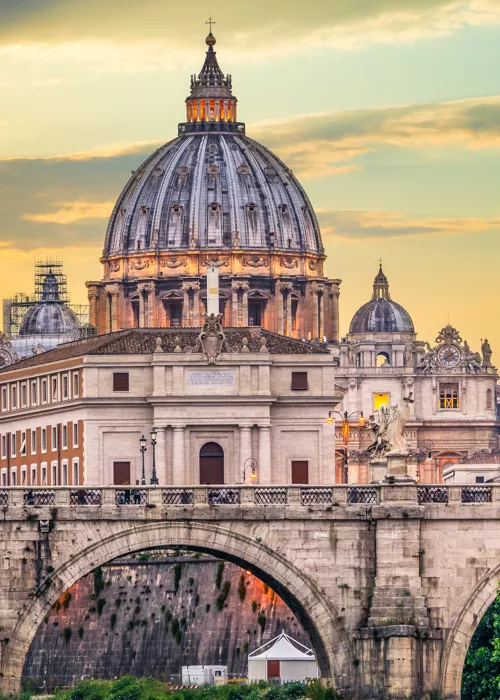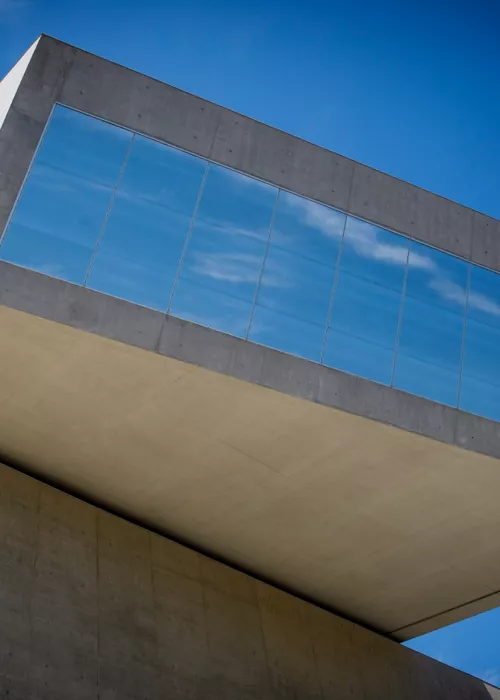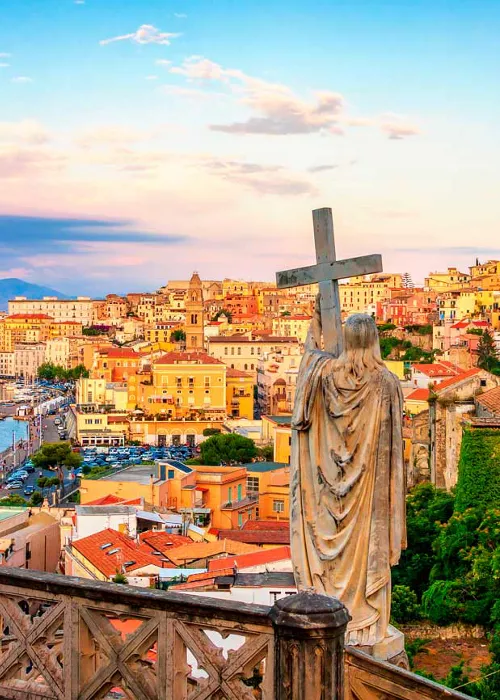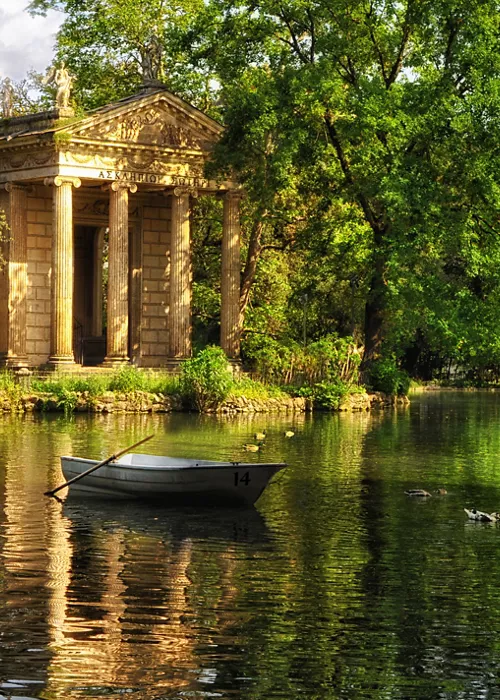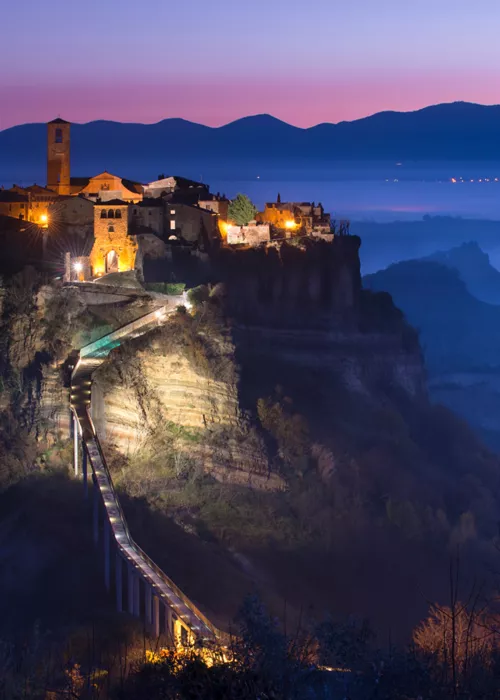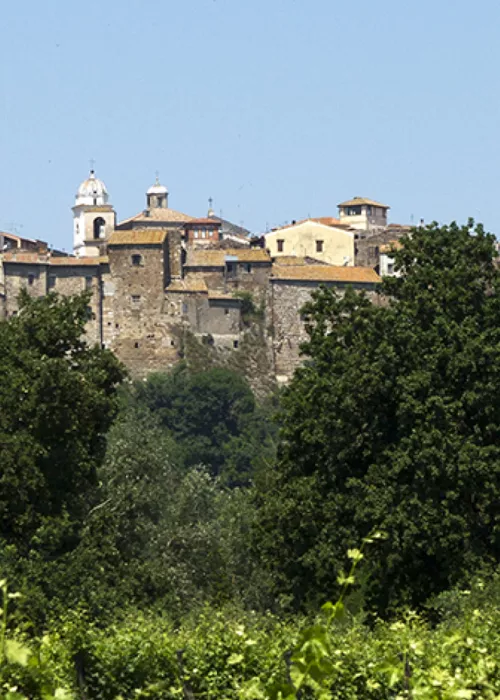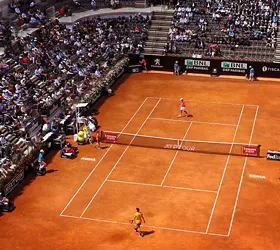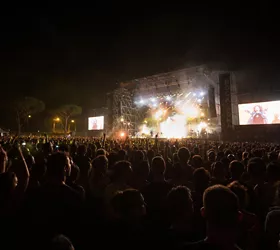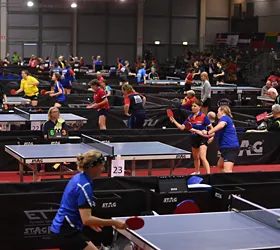A tour at Rocca di Papa, a small town where over the centuries various legends have arisen
4 minutes
You will be impressed by its colourful murals, which have become a typical, charming aspect of the district. The second highest town in the Colli Albani (Alban Hills), it stands beneath Monte Cavo and it is believed this was the original site of the ancient Italic settlement of Cabum.
Rocca di Papa: the villas of Roman patricians and modern street art
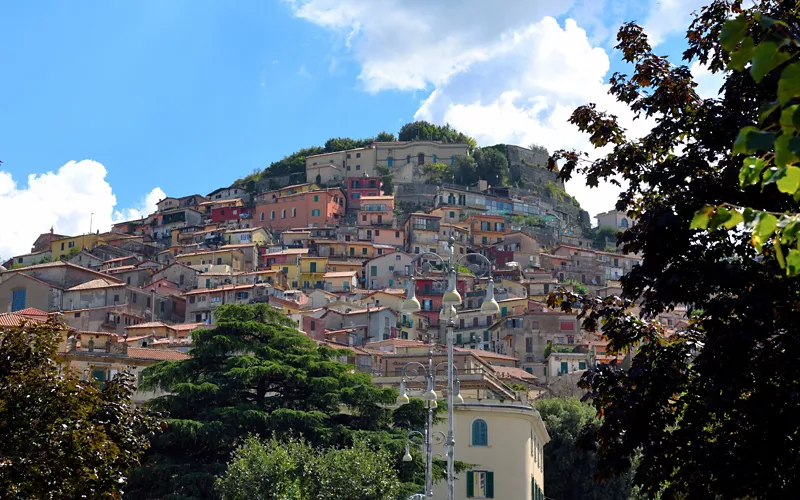
During the rich and variegated history of this town many important changes have occurred. Situated within the Regional Park of the Castelli Romani, an area that has been inhabited for many centuries, it was initially a settlement of the early tribes of the Latium area and, subsequently, of Roman patricians who built their rich princely mansions here.
Rocca di Papa is located at an altitude of 680 metres a.s.l. and is very close to Rome. It is consequently very easy to reach the town for a brief tour. Your attention will be immediately captured by one of its most modern features: the dozens of brightly-coloured murals that have become a strong tourist attraction. They are the work of a local painter who has become a master in his field and has been imitated by other local artists with the aim of enriching the urban area with colourful, exciting and entertaining visual stimuli.
The medieval town offers one of the most attractive panoramic views in the area and the enchanting landscapes are the principal subject of truly memorable photographic images. Its small picturesque houses positioned across the rock formation are immersed in a maze of narrow lanes that unfold among the buildings.
Rocca di Papa - a few historical notes
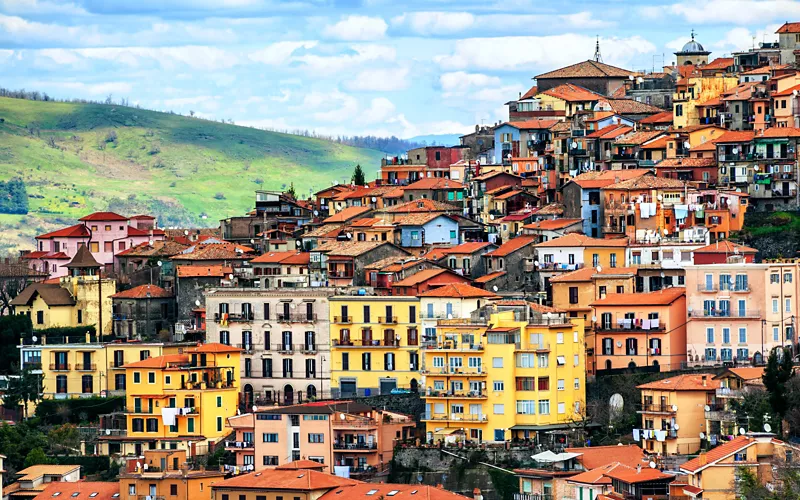
The past of this location in the Lazio region is closely linked to its particular position. Rocca di Papa stands at the edge of the volcanic zone, and the citadel on the Mons Albanus was already considered a sacred place by the inhabitants of the ancient Latium region.
The urban settlement in any case presents a medieval structure. A fief of the Counts of Tusculum and then of the Annibaldi baronial family, it was besieged by The Holy Roman Emperor Louis IV as testified by the white and blue colours of the Municipal Banner. In the 15th century the town was acquired by the Colonna family, who retained their dominion over the area until the second half of the 19th century.
Considering its variegated history, we may recall that in the early 1500s the town served as a prison for the soldiers of the Holy Roman Emperor Charles V. Finally, in 1855 it was proclaimed that the town would be officially known as Rocca di Papa.
A walk around Rocca di Papa: places to visit during a brief sojourn
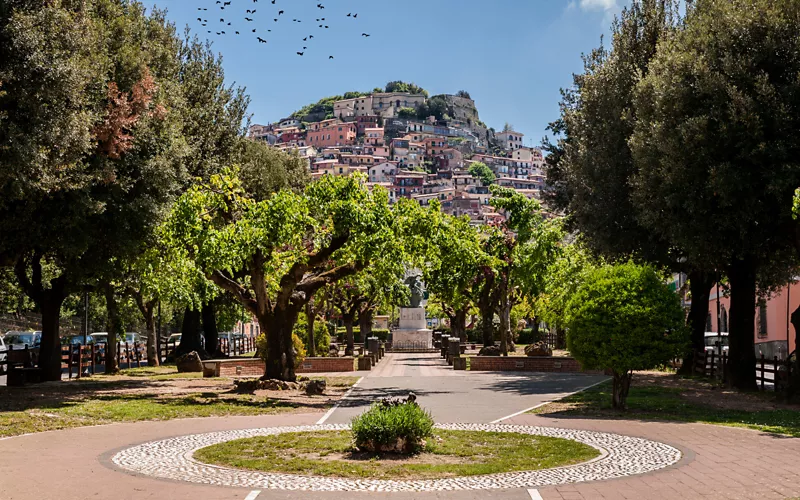
The Belvedere of the Medieval Fortress dominates the urban area, affording a panoramic view of the surrounding land and the sea on the horizon. The area also includes the so-called Fields of Hannibal (the ancient warrior and leader who camped here during the Second Punic War), from which you may see the paving of the ancient Via Sacra leading on to a high panoramic spot called the “Occhialone”, offering a view of two juxtaposed lakes and the sea in the background.
You may also decide to follow the “mural trail” or visit the Pratoni del Vivaro, a large expanse of green countryside where you might organise a few excursions and picnic sessions. The setting of the historic centre is dominated by the Duomo dell’Assunta, the cathedral which preserves true masterpieces. These include a curious painting by an artist - whose identity is uncertain - which depicts an image of Christ, whose body presents quasi-feminine characteristics. An image reflecting the perfection of the union of the two genders is thus offered in a representation of the primary spiritual entity of the Christian faith.
The small church dedicated to the Holy Crucifix, which was restored in 1994, is well endowed with many sculptures by the German artist Theodor Wilhelm Achtermann, while the Sanctuary of the Madonna del Tufo is a well-known place of worship in the district of the Castelli Romani. A visit to this area may be completed with a visit to the Fortezza Pontificia (the papal fortress), the first documentary reference to which (indicating the name of the “borgo”) occurred in a letter from Pope Lucius III bearing the date 1181. The fortress was fully restored in the early years of the 21st century.
A relaxing venue also adored by Guglielmo Marconi
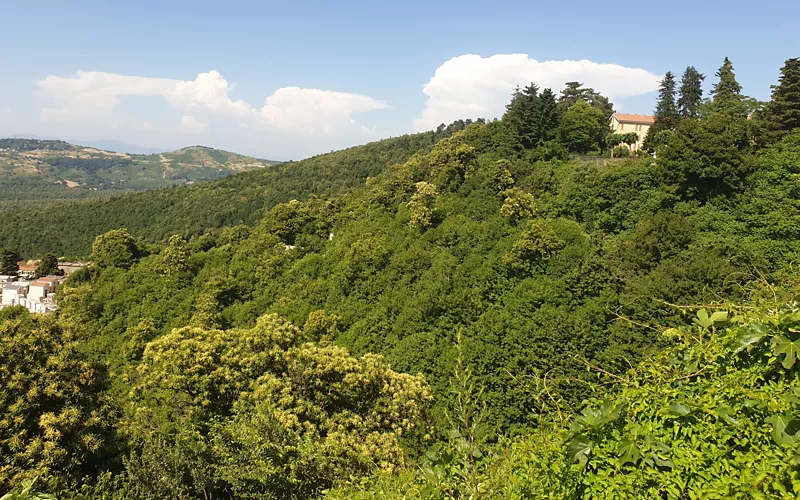
At Rocca di Papa you may spend many hours quietly relaxing in an extraordinary setting which over the years has been a refuge for such writers as Goethe, Hans Christian Andersen and Stendhal. In the later years of the 19th century, the Royal Geodynamic Observatory was built close to the ancient fortress. In the period 1922-1935 this institution was used by Guglielmo Marconi for his scientific experiments relating to radiophonic broadcasting and has now been transformed into the Geophysical Museum.

